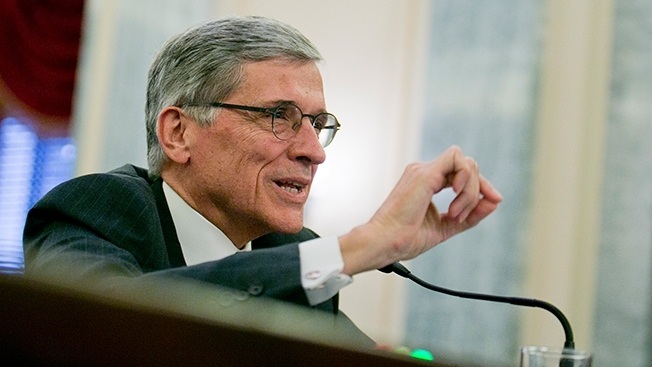MIT Technology Review – December 16, 2016
by David Talbot
Most homes in the United States have Internet service, but they don’t in the poor parts of Cleveland and nearby suburbs. A survey in 2012 showed that 58 percent of the area’s households with incomes under $20,000 had neither home broadband nor mobile Internet access, often because of the cost. Another 10 percent had a mobile phone but no home broadband. Until recently, one such household was a ground-floor two-bedroom apartment in a public housing project called Outhwaite Homes, where a circumspect 13-year-old girl named Ma’Niyah Larry lives with her mother, Marcella.
Ma’Niyah has a special-education plan for math; to help her, she’s been assigned problems to do online through Khan Academy. But her mother says she cannot afford broadband from Time Warner Cable, which would begin at around $50 a month, even for an entry-level offering, plus modem and taxes (and the price would rise significantly after the 12-month teaser rate expired). The family has a smartphone, but it’s harder for Ma’Niyah to use the small screen, and Marcella watches her data caps closely; just a few hours of Khan Academy videos would blow past monthly limits. Fast Internet access is available in a library a few blocks away, but “it’s so bad down here that it’s not really safe to walk outside,” Marcella Larry says. Ma’Niyah’s bedroom, its wall decorated with a feathery dream-catcher, faces a grassy courtyard where gang-related gunfire rang out on two nights last summer, causing Ma’Niyah to flee to the relative safety of the living room. …
But in most places, efforts to install new networks often crash into decidedly low-tech obstacles. For example, utility poles. These are almost always owned by an electric company or telephone company, and the latter has an interest in making it slow and costly for competitors to add new fiber to the poles. The FCC has streamlined the rules for how companies attach to poles, but under federal law the rules benefit only ISPs, telephone companies, and cable companies. If the entity trying to install fiber happens to be, say, a county redevelopment agency in a rural area, FCC regulations don’t apply, and pole owners are freer to make the process lengthy and difficult, even if the agency has been told by the state or local government that it may use the poles. Cutting red tape to help install fiber and then adopting flexible service models to facilitate competition could “help get away from today’s rigid models of information services,” says Christopher Mitchell, director of the community broadband networks initiative at the Institute of Local Self-Reliance, a nonprofit that, among other things, studies broadband. That might finally help end the digital divide across the United States.
…





